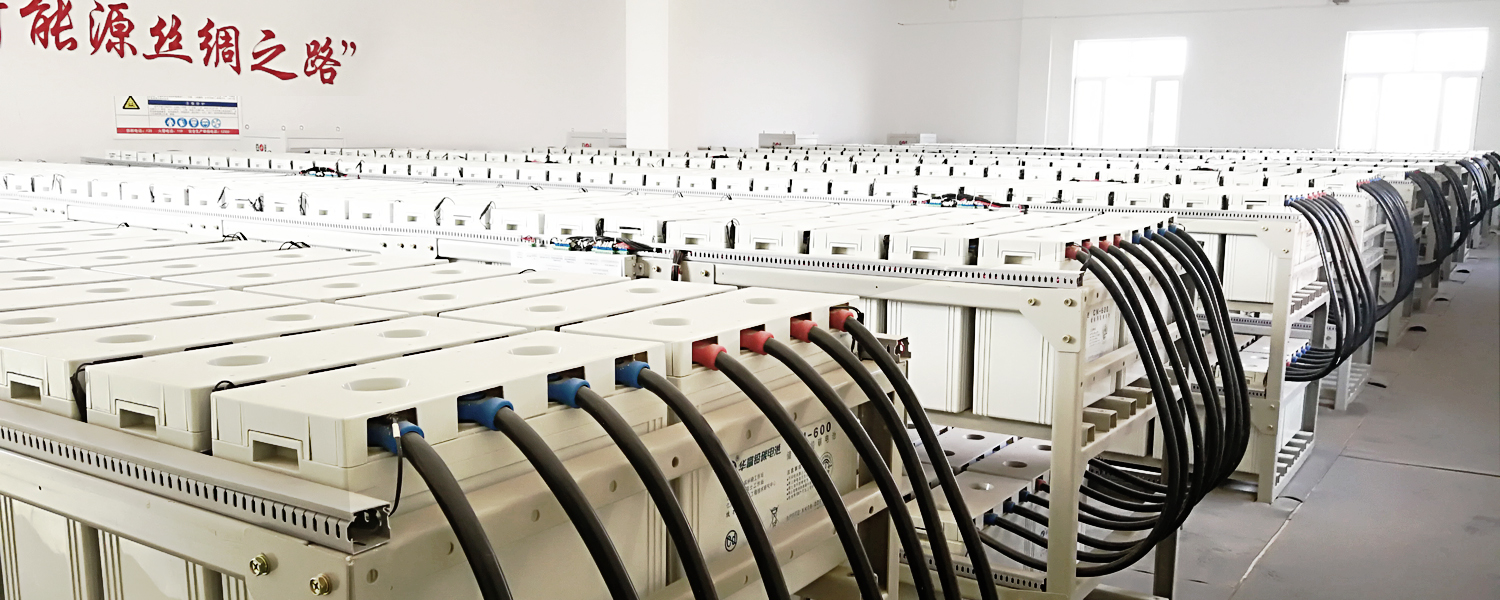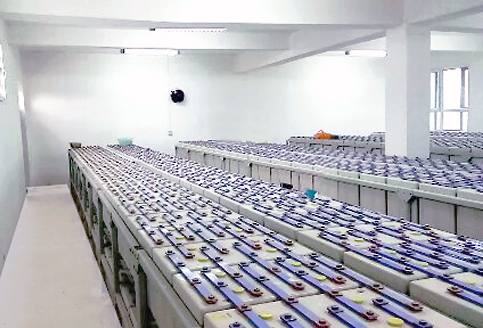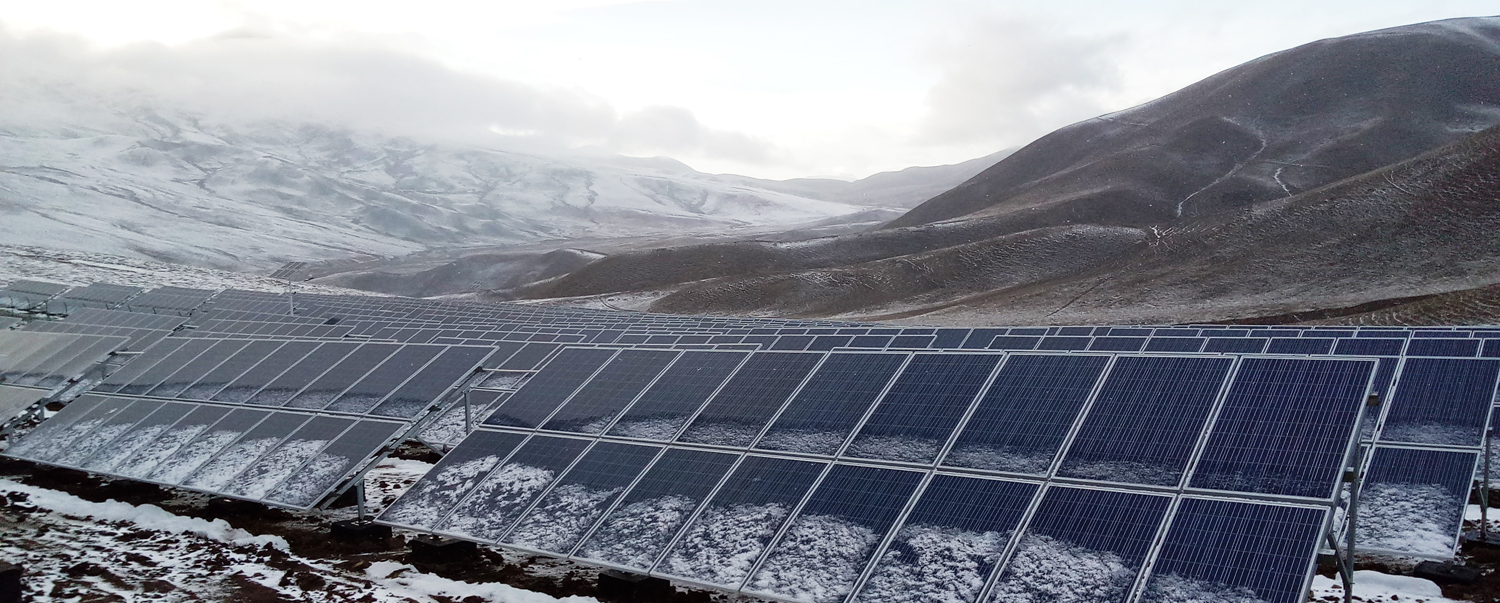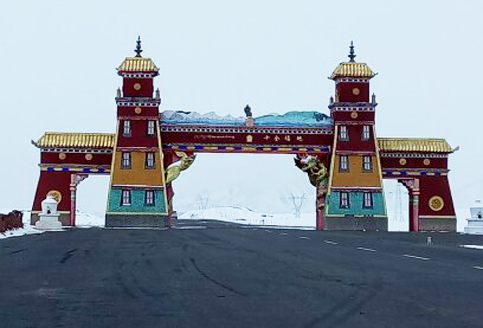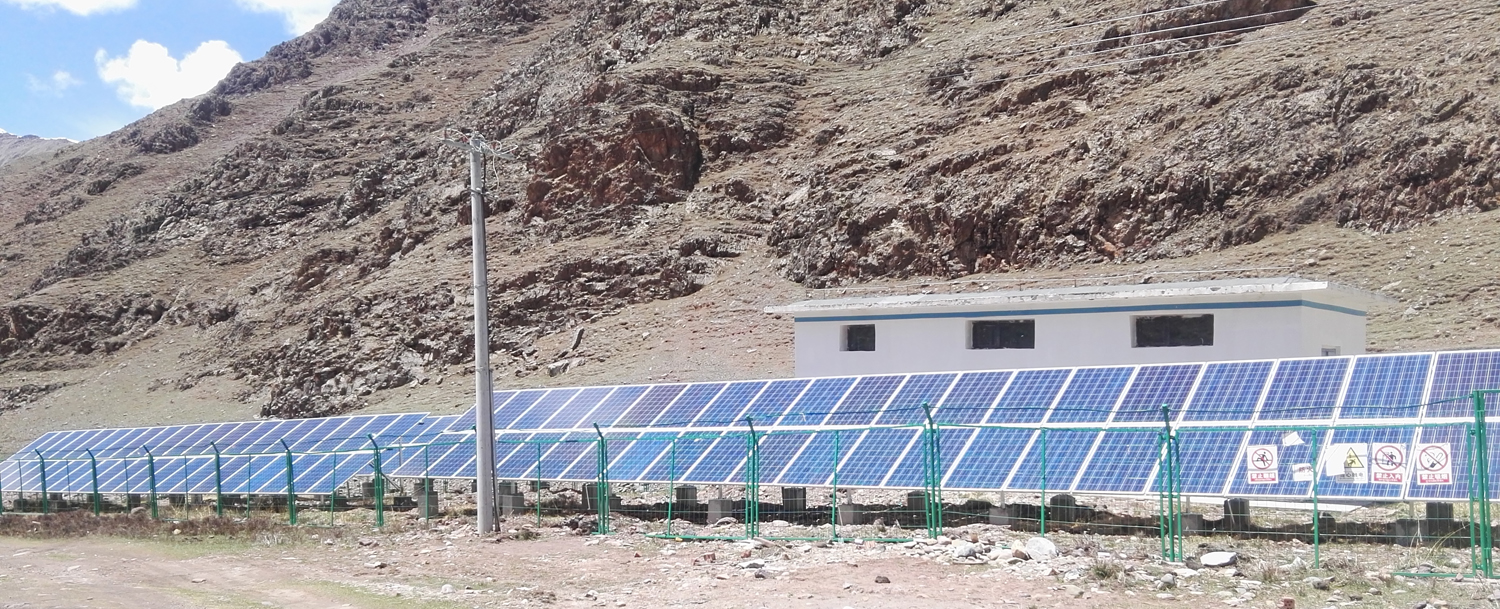- Energy Storage Battery
- Deep Cycle Gel Battery
- Tianjiao Pure Gel Battery
- Long Life Lead Carbon Battery
- OPzV-Tubular Gel Battery
- OPzS-Tubular Lead Acid Battery
- IP67/IP68 Solar Street Light Battery
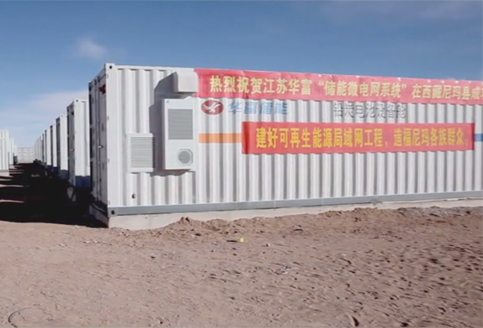
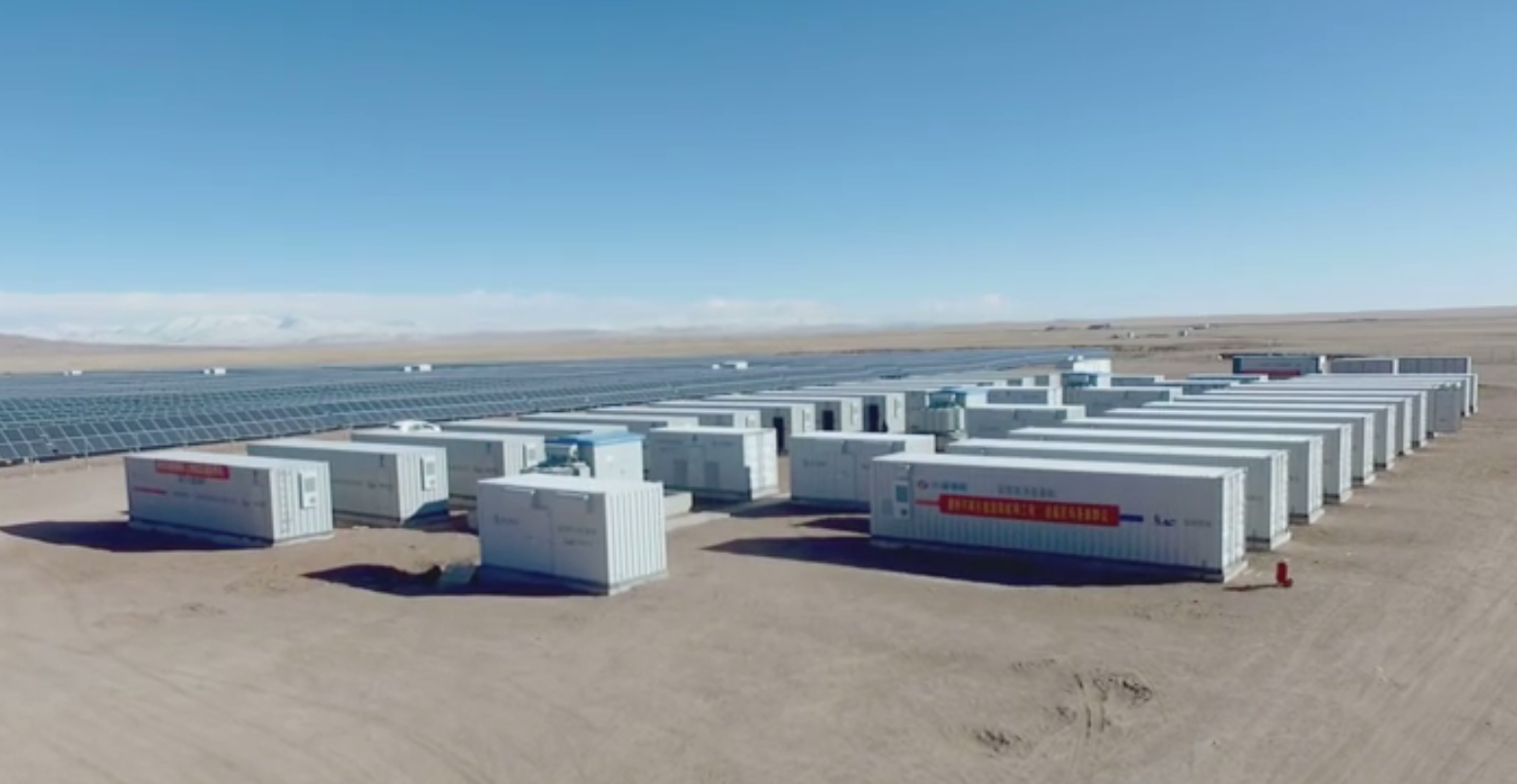
There are a group of people who ignite the night sky of the snow-covered plateau with their persistence and aspiration.
In the 4,000km away, -44°C and 4,800m above-sea-level area, they work for the world’s highest and biggest renewable energy power grid project, just to bring lights to the night of the snow-covered plateau.
Innovation brings benefit to the territory
Located in the lake basin area of Qiangtang Plateau,Nima County, Tibet features remoteness and harsh natural conditions. Without connection to the main power grid, the local people greatly suffered from power shortage.
As the company led by the corporate spirit of “Conduct oneself, Build career, Make the brand, Revitalize industry, Promote HUAFU”, Huafu High Technology Energy Storage Co., Ltd. sent its professional construction teams and the first batch of the lead-carbon energy storage system to Tibet to meet Nima people’s demand for power supply in daily production and life.
Shouldering the heavy duty and embarking on a long road
Designed and generally-contracted by Guodian Nanjing Automation Co., Ltd. ,constructed by the Tibet branch company of China Huadian Corporation the Renewable Energy Local Power Grid Project in Nima County, Tibet is the highest, largest solar-energy and diesel-supplemented micro power station, and also one of the national key livelihood projects for precise poverty alleviation and relief.
Tackling tough challenges
The Project is sited on the unmanned area in the north of Nima County. In face of severe environment, tight schedule and difficult construction, Huafu workers braved the challenges and were determined to bring hopes to this desolated, barren land.
As a group of Huafu people, we came here to bring the Tibetans a warm and bright winter. Following the business principle of “Integrity, pragmatism, win-win cooperation, innovation, harmony and development”,we care about every detail of our product and service with professional attitude and persistent spirit. The lead-carbon battery of Huafu is an innovation result of the national “973” project and the national natural science foundation. The lead-carbon battery project was also listed in the key scientific and technological industrialization projects list of Jiangsu province in 2015. It is important to improve the comprehensive competitiveness and core technological level of China’s energy storage equipment, and has significance to the new energy strategy and economy of China.
The Renewable Energy Power Grid Project in Nima County Tibet of China Huadian Corporation consists of a solar-energy/diesel-supplemented power station and an urban power grid, including the 22MW photovoltaic power station system, 12MW storage power inverter, 12MWh lithium ion battery alignment, 36MWh lead-carbon battery alignment and two 1500kW diesel generators. The maximum voltage level of the system is 10.5kV, which is not yet connect to the main power grid but operates locally and independently.
The container equipment system is independently developed by Huafu, which is to integrate all the relevant equipment i.e. the lead-carbon batteries, the communications and monitoring devices,etc into a standard module. This standard module has its own independent power supply, temperature control, electric interlocking, emergency response, fire protection and other automatic control and safety systems. It can be remotely transmitted and monitored so as to improve the system’s operation and maintenance efficiency.
On Dec 25, 2016, the first stage of the Project was put into operation and generated power that greatly improves the power supply quality to Nima people. Moreover, the success of this unprecedented high altitude project with super-hard construction challenges has generated irreplaceable values for the industry and society in building an independent local power grid, helping solar-energy poverty relief and checking equipment reliability.
Bringing benefit to the territory
The project has given the Nima people living in the 4,800m high plateau warm, bright and power-uninterrupted nights.
Formal operation of the Project has been fully affirmed and highly praised by the People's Government of Tibet Autonomous Region and the project owner China Huadian Corporation
The Renewable Energy Local Power Grid Project in Nima County Tibet of China



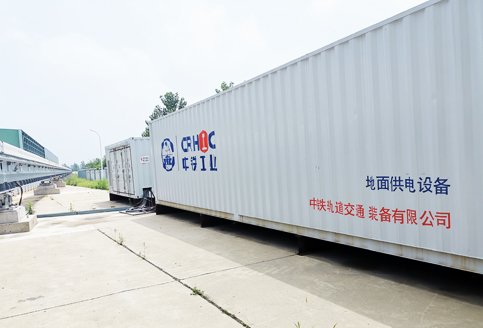

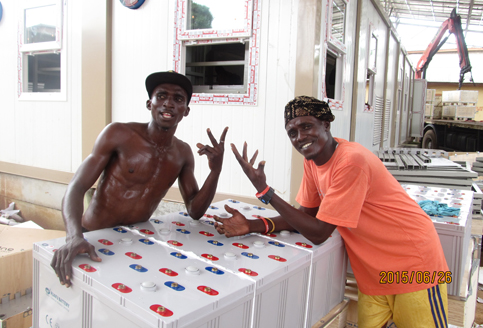
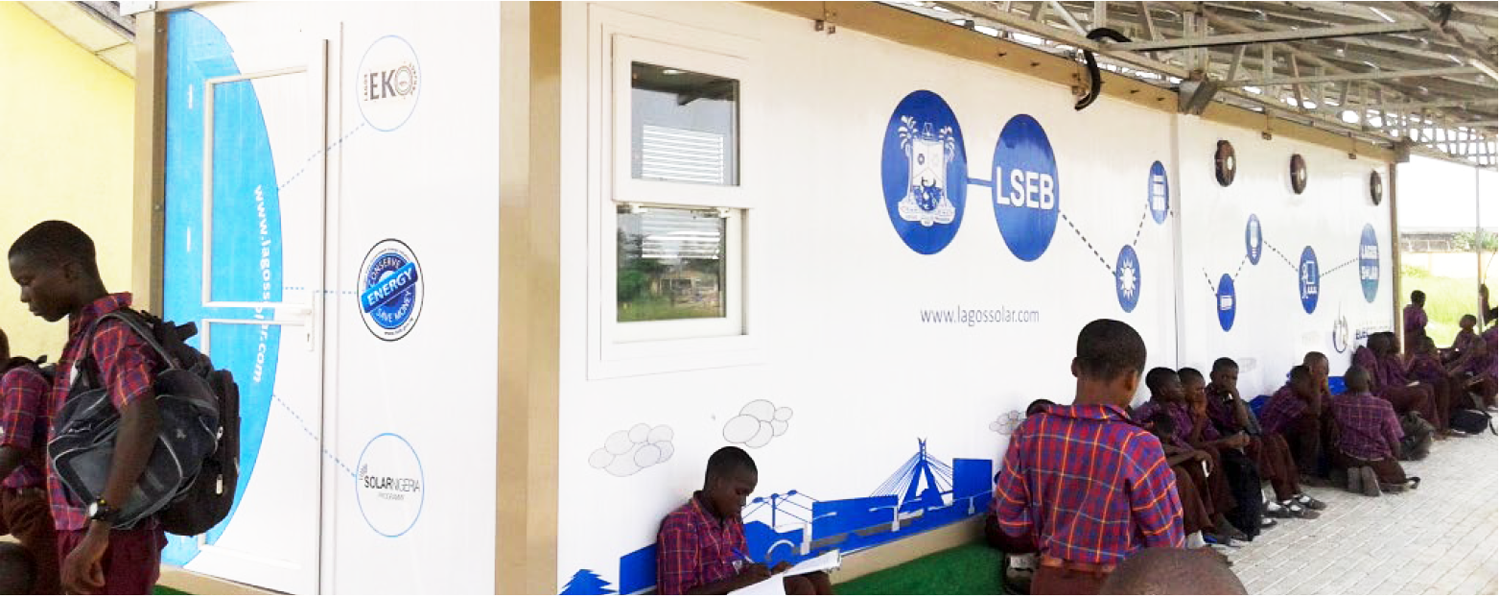

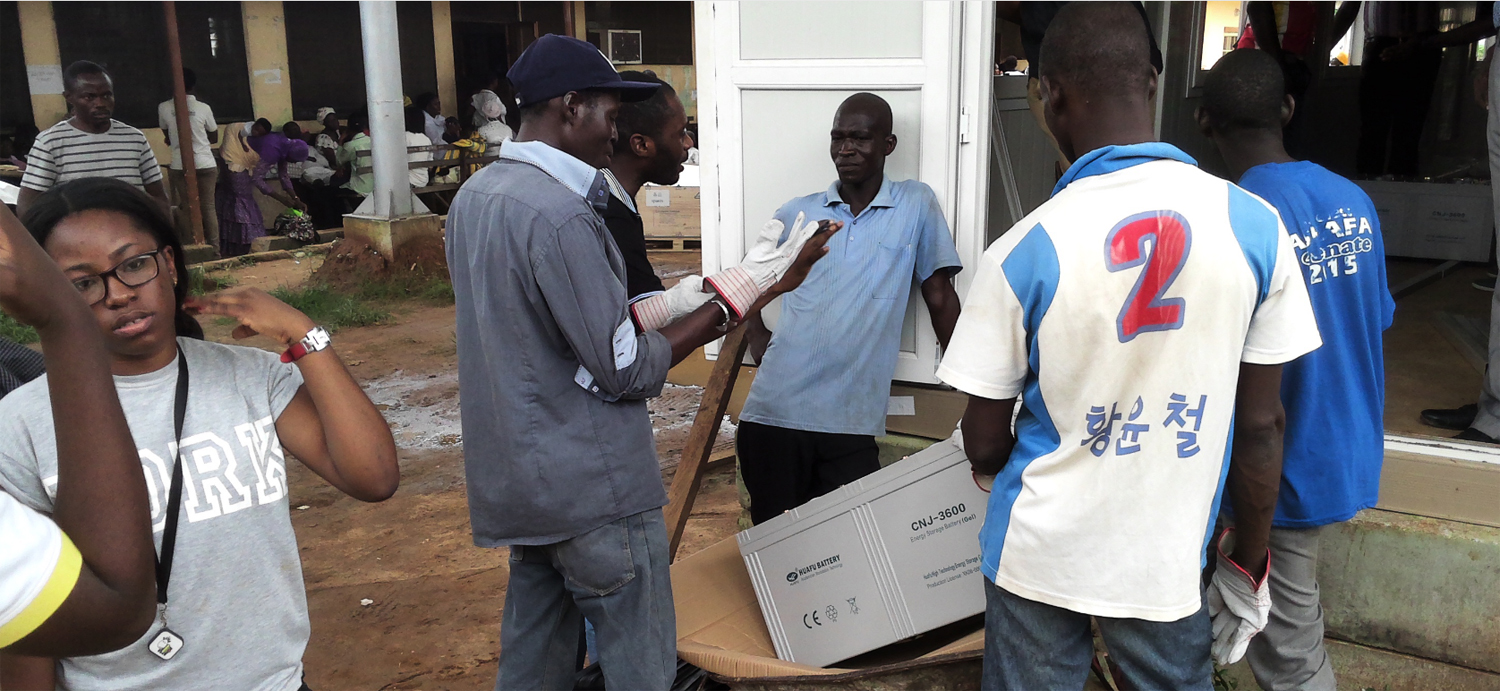
Background
In 2014, the UK Department for
International Development (DFID) and the state government of Lagos joined
forces to bring forth an ambitious project, Lagos Solar, to power public
institutions by means of solar PV systems. Under the DFID tender and Lagos
Solar, hundreds of schools along with almost a dozen Primary HealthCare Centers
(PHC) throughout rural Lagos will be electrified by solar. This collaboration emphasises
UK’s strong investment in supporting Nigeria’s path to a sustainable future,
and demonstrates a commitment towards delivering clean and reliable access to
energy to areas that are currently underserved.
Challenges
Nigeria is well-known for its vulnerabilities to widespread grid outages and unstable power. With a population of close to 175 million, the alarming reality of mass genset dependency or the sheer lack of access to the grid mean that tens of millions are far from a clean and stable source of power. The state of Lagos is the second most populous city in Nigeria, and is still rapidly growing. Many people reside in rural areas, and do not have any power supply at all. These populations suffer from a higher risk of poor health, whilst paying a large part of their livelihood for harmful and polluting energy. Communities that depend on diesel generators are impacted from greenhouse emissions, but what is even more disconcerting is that lives may be lost when there is fuel scarcity to run their only source of power. When this occurs, it’s possible for hospitals to effectively stop running for over twelve hours. The expense is precious lives lost on life support or from the failure to receive medical treatment in time
Huafu Gel Battery Solutions
Size of Installation
Badagry
Ikorodu
Ibeju Lekki
Ikeja
Battery Model
Total Quantity
5KW
10
29
9
18
2V1600Ah
2303
7.5KW
2
8
3
2
2V2200Ah
489
10KW
5
9
2
3
2V2900Ah
490
12.5KW
4
3
1
1
2V3600Ah
245
15KW
10
7
10
8
2V2200Ah
1420
10KW(PHC)
2
3
1
1
2V3600Ah
490
25KW(PHC)
2
6
8
3
2V3600Ah
1762

